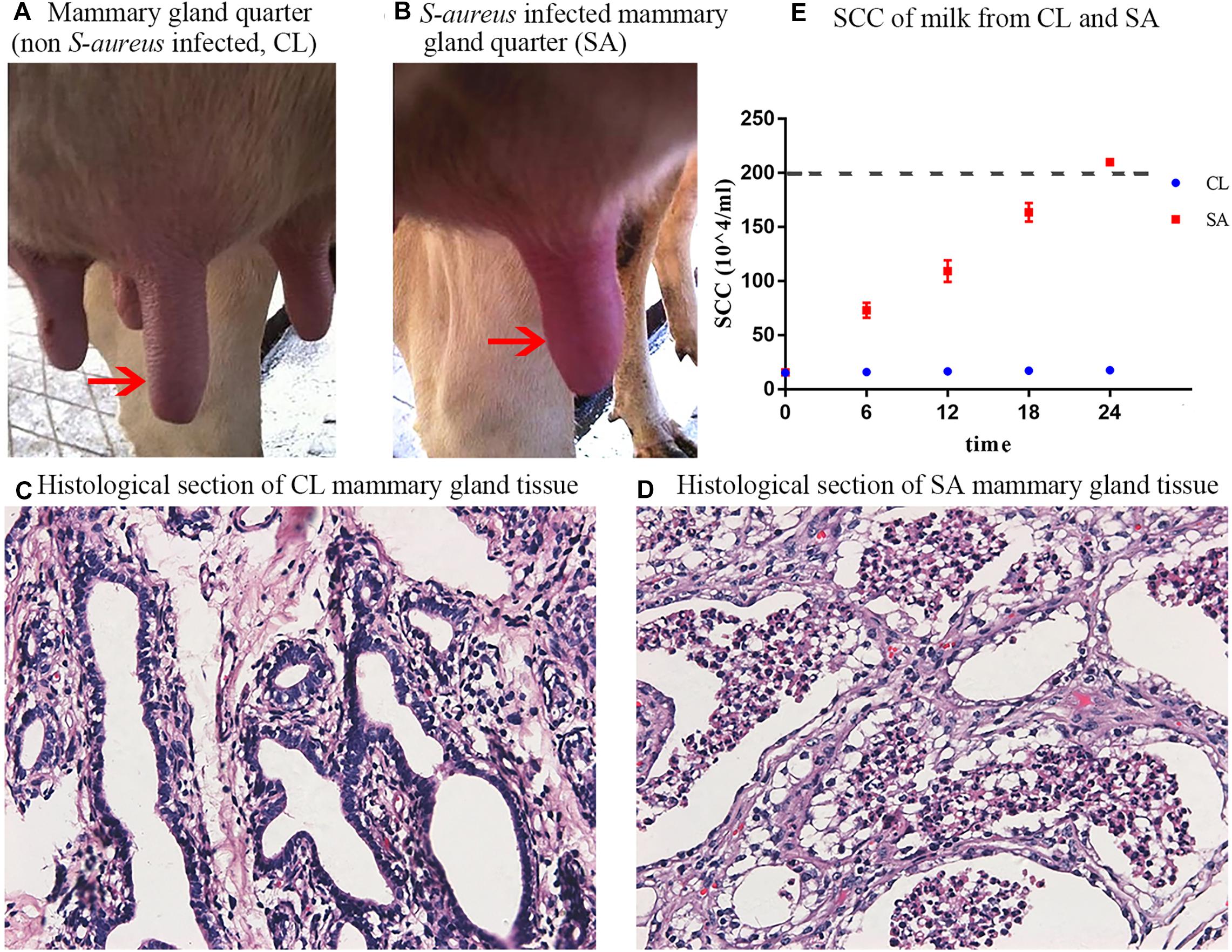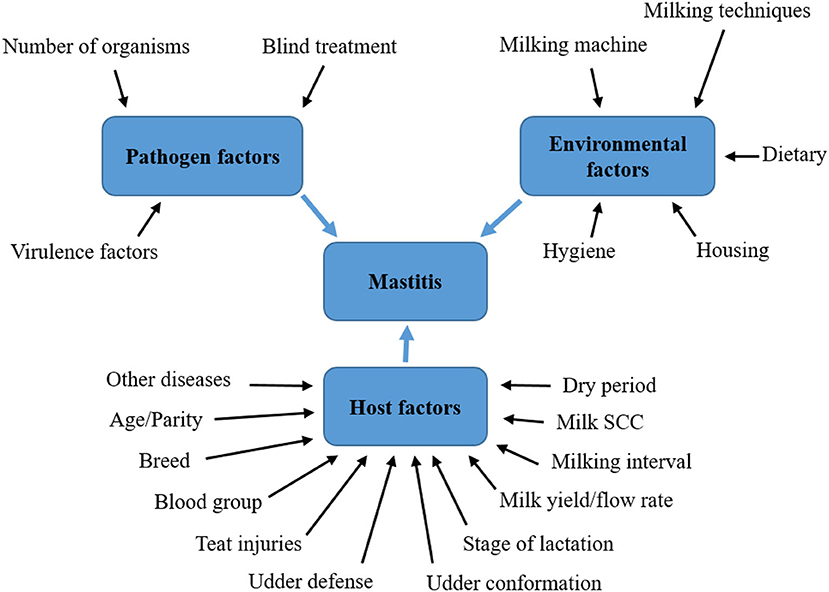Mastitis, often abbreviated as MT, is a condition that primarily affects breastfeeding women but can also occur in others. It is characterized by inflammation of the breast tissue, which may or may not be accompanied by infection. This article delves into the causes, symptoms, treatment options, and preventive measures for mastitis to help individuals better understand and manage this condition.

What is Mastitis?
Mastitis is a common issue faced by many breastfeeding mothers. It involves swelling, pain, and redness in the breast tissue, which can make nursing challenging. While it is most frequently associated with lactation, non-lactating individuals can also develop mastitis due to other underlying factors.
Types of Mastitis
- Lactational Mastitis: Occurs in breastfeeding women, typically within the first three months postpartum.
- Non-Lactational Mastitis: Affects women who are not breastfeeding and can be linked to conditions like duct ectasia or skin infections.
Causes of Mastitis
The development of mastitis can be attributed to several factors, depending on whether it occurs during lactation or in non-lactating individuals.
In Lactating Women
For breastfeeding mothers, mastitis is often caused by milk stasis, which happens when milk is not effectively removed from the breast. This can lead to blocked milk ducts and create an environment where bacteria can thrive. Common contributing factors include:
- Poor latch during breastfeeding
- Infrequent or skipped feedings
- Pressure on the breast from tight clothing or bras
- Oversupply of milk
In Non-Lactating Individuals
In those who are not breastfeeding, mastitis can result from infections, trauma, or underlying medical conditions. Some potential causes include:
- Bacterial infections entering through cracked or damaged skin
- Duct ectasia, a condition where milk ducts become widened and inflamed
- Smoking, which can increase the risk of duct-related issues
- Underlying autoimmune disorders
Symptoms of Mastitis
Recognizing the symptoms of mastitis early can help prevent complications and ensure timely treatment. The signs and symptoms may vary slightly between lactating and non-lactating individuals but generally include:
Common Symptoms
- Localized pain and tenderness in the breast
- Swelling and warmth in the affected area
- Redness or streaking on the breast skin
- Fever and flu-like symptoms such as chills and fatigue
- A lump or hardened area in the breast tissue
Additional Symptoms in Lactating Women
- Burning sensation during breastfeeding
- Nipple discharge, which may be clear or contain pus
Treatment Options for Mastitis
Treatment for mastitis depends on the severity of the condition and whether an infection is present. Early intervention is key to preventing complications such as abscess formation.
Self-Care Measures
For mild cases of mastitis without a confirmed bacterial infection, self-care strategies can often alleviate symptoms:
- Continue Breastfeeding: Emptying the breast regularly can help resolve milk stasis and reduce pressure.
- Apply Warm Compresses: Before feeding, applying a warm compress can help loosen clogged ducts and improve milk flow.
- Massage the Affected Area: Gentle massage during or after feeding can help clear blockages.
- Rest and Hydrate: Adequate rest and fluid intake support overall recovery.
Medical Interventions
If symptoms persist or worsen, medical treatment may be necessary:
- Antibiotics: If an infection is suspected, a healthcare provider may prescribe antibiotics to target the bacteria causing the inflammation.
- Pain Relief Medications: Over-the-counter pain relievers such as ibuprofen can help reduce pain and inflammation.
- Drainage of Abscess: In severe cases where an abscess forms, surgical drainage may be required.
When to Seek Medical Attention
It is important to consult a healthcare professional if:
- Symptoms do not improve within 24 to 48 hours of self-care
- Fever exceeds 101 degrees Fahrenheit
- There is persistent or worsening redness and swelling
- An abscess is suspected
Prevention of Mastitis
While mastitis cannot always be prevented, certain practices can significantly reduce the risk of developing this condition.
For Breastfeeding Mothers
Proper breastfeeding techniques and habits play a crucial role in preventing mastitis:
- Ensure a Proper Latch: A good latch ensures efficient milk removal and minimizes the risk of blocked ducts.
- Feed Frequently: Avoid skipping feedings and aim to empty the breasts regularly.
- Vary Feeding Positions: Changing positions can help ensure all areas of the breast are drained.
- Wear Comfortable Clothing: Avoid tight bras or clothing that puts pressure on the breasts.
General Preventive Measures
For both lactating and non-lactating individuals, maintaining overall breast health is essential:
- Practice Good Hygiene: Keep the breast area clean and dry to prevent bacterial infections.
- Avoid Smoking: Smoking increases the risk of duct-related issues and should be avoided.
- Monitor for Changes: Regularly check for any unusual changes in the breast tissue and seek medical advice if needed.
Complications of Untreated Mastitis
If left untreated, mastitis can lead to serious complications, including:
- Breast Abscess: A collection of pus that requires drainage and prolonged antibiotic treatment.
- Chronic Mastitis: Recurrent episodes of inflammation that may require ongoing management.
- Impact on Breastfeeding: Pain and discomfort may discourage continued breastfeeding, affecting both mother and baby.
Emotional and Psychological Effects
Dealing with mastitis can also take a toll on mental health, leading to feelings of frustration, stress, or anxiety. Seeking support from healthcare providers, lactation consultants, or support groups can be beneficial.





